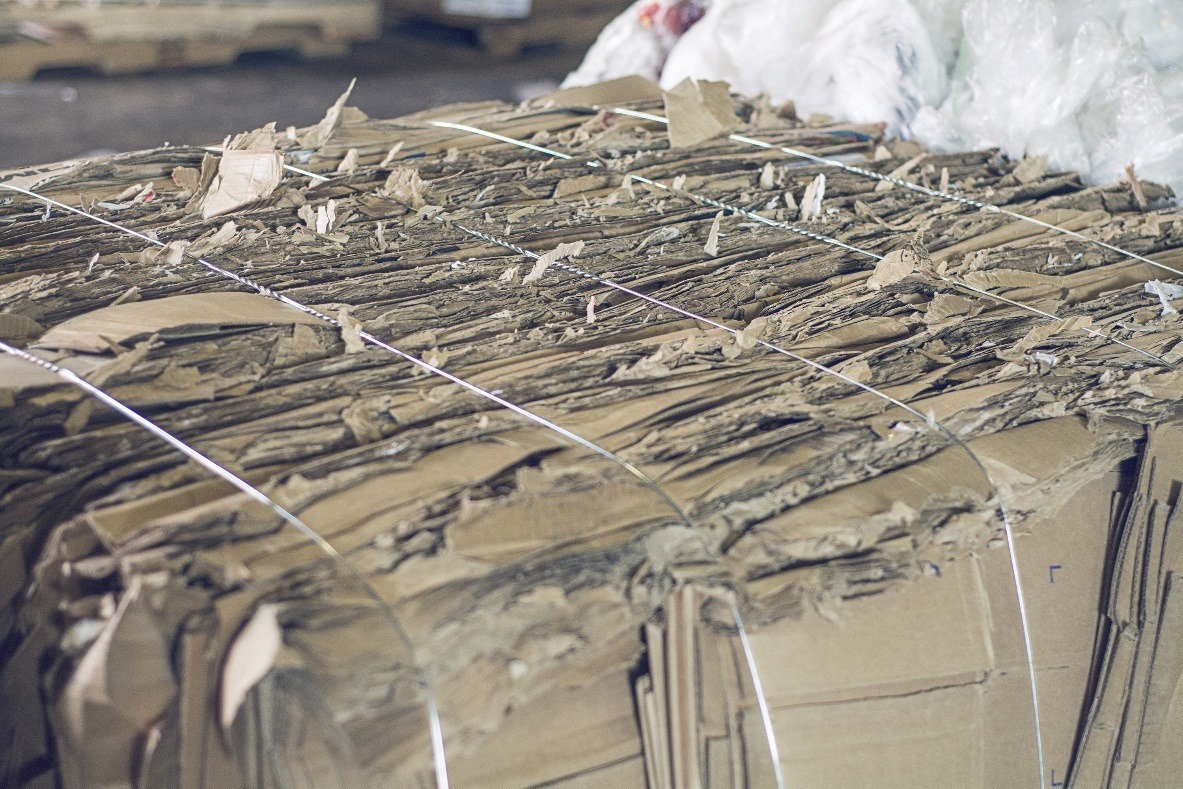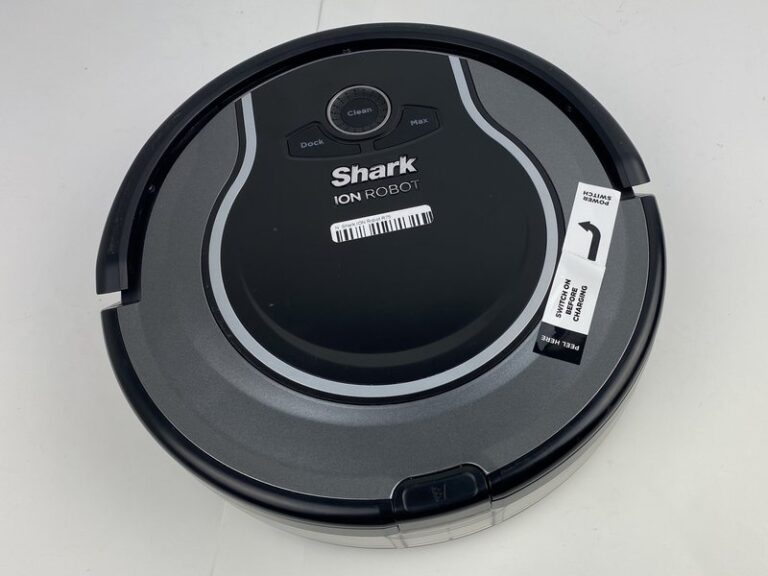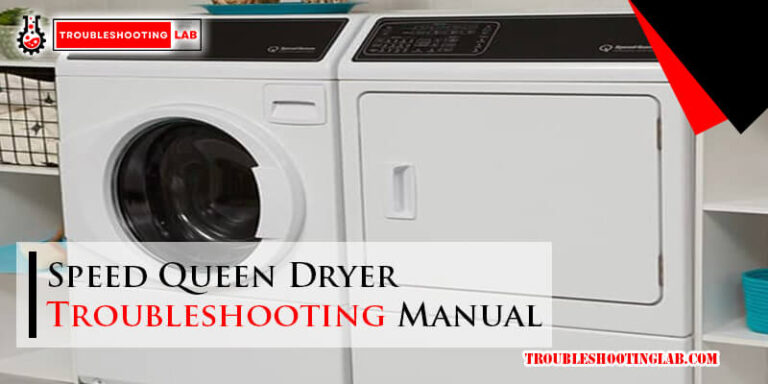Cardboard Baler Troubleshooting: Quick Fixes for Downtime
Cardboard baler troubleshooting involves identifying and addressing problems with the machine’s operation and components. In order to ensure efficient and safe operation, it is important to regularly inspect and maintain the baler.
A cardboard baler is a heavy-duty machine used to compress and bundle cardboard boxes for recycling. It is commonly used in warehouses, retail stores, and recycling facilities. However, like any machine, a cardboard baler can experience issues that affect its performance.
Some common problems include jammed material, hydraulic leaks, broken wires, and damaged components. We will discuss some of the most common cardboard baler troubleshooting tips and solutions to help you keep your machine running smoothly. By following these tips, you can prevent downtime, reduce maintenance costs, and improve the overall efficiency of your cardboard recycling operations.

Common Issues With Cardboard Balers
Cardboard balers are essential equipment in many industries for efficient waste management and recycling. However, like any machinery, they can experience common issues that hinder their performance. Understanding these problems and how to troubleshoot them can help you maintain the smooth operation of your cardboard baler.
Jamming Problems
Jamming is a common issue that can occur when using a cardboard baler. It happens when the cardboard material gets stuck in the baler, preventing the machine from operating properly. Here are a few potential causes and troubleshooting steps:
- Improper loading: Ensure that the cardboard is being loaded correctly into the baler. Make sure it is aligned properly and not exceeding the recommended weight and size limits.
- Insufficient pressure: Check if the pressure settings on the baler are appropriate for the cardboard material being used. Adjust the pressure if necessary, but be cautious not to exceed the machine’s capacity.
- Worn-out parts: Over time, certain parts of the baler may become worn or damaged, leading to jamming issues. Regularly inspect and replace any worn-out components to prevent jams.
Wire Feed Obstructions
Wire feed obstructions can also hinder the functioning of a cardboard baler. These obstructions occur when the wires used to tie the bales become tangled or encounter other obstacles. Here are some steps to troubleshoot this issue:
- Inspect the wire spool: Check if the wire spool is properly positioned and not tangled. Ensure that the wire is feeding smoothly without any obstructions.
- Check the wire tension: Ensure that the wire tension is adjusted correctly. If it is too loose or too tight, it can cause feed obstructions. Follow the manufacturer’s guidelines for adjusting the wire tension.
- Remove any obstructions: If there are any visible obstructions in the wire feed system, carefully remove them. Be cautious not to damage the wires or any other components while doing so.
By addressing these common issues promptly and following the appropriate troubleshooting steps, you can keep your cardboard baler running smoothly and maintain efficient waste management in your facility.
Initial Steps For Troubleshooting
When your cardboard baler is not functioning properly, troubleshooting the issue is the first step in getting it back up and running efficiently. By following a systematic approach, you can identify and resolve the problem, ensuring that your baler operates smoothly. Here are the initial steps for troubleshooting your cardboard baler.
Safety Precautions
Before you begin troubleshooting your cardboard baler, it’s essential to prioritize safety. Always adhere to the manufacturer’s safety guidelines and wear appropriate personal protective equipment, including gloves and safety glasses.
Be cautious when working with electrical components and moving parts, and never attempt to troubleshoot the baler while it’s in operation.
Basic Inspection Tips
Conducting a basic inspection can reveal common issues with the cardboard baler. Start by visually examining the baler for any signs of damage or obstruction. Look for loose wires, worn-out components, or foreign objects stuck in the machinery.
Check the hydraulic system for leaks and ensure that all connections are secure. Inspect the safety switches and sensors to verify that they are functioning correctly.
Power Supply And Electrical Concerns
Troubleshooting a cardboard baler involves addressing power supply and electrical concerns efficiently. Check for loose connections or blown fuses to ensure optimal machine performance. Proper maintenance of these components is crucial for smooth operations and preventing downtime.
Checking for Power Outages
One of the first steps to troubleshoot a cardboard baler is to check for power outages. A sudden loss of power can cause the baler to stop functioning properly. To determine if there is a power outage, follow these steps:
- Check if the power indicator light on the baler control panel is off or blinking.
- Inspect the power cord and ensure it is securely plugged into a working electrical outlet.
- Verify that the circuit breaker or fuse connected to the baler is not tripped or blown.
- If everything appears to be in order, try plugging another electrical device into the outlet to confirm if the outlet is functioning properly.
- If there is indeed a power outage, contact your facility’s maintenance department or the power supplier to resolve the issue.
Inspecting Electrical Components
When troubleshooting a cardboard baler, it is essential to inspect the electrical components for any signs of damage or malfunction. Here’s a step-by-step guide to help you:
- Start by visually examining the power cord for any cuts, frayed wires, or loose connections. If you notice any issues, replace the power cord immediately to avoid electrical hazards.
- Next, check the control panel for any error codes or warning lights. Refer to the baler’s manual to interpret these indicators correctly.
- Inspect the motor and motor wiring for any visible damage or loose connections. Ensure all wiring is securely fastened and free from obstructions.
- Examine the sensors and switches to ensure they are clean, properly aligned, and functioning correctly. Dust or debris accumulation can interfere with their operation.
- If you encounter any damaged or malfunctioning electrical components, it is recommended to consult a qualified technician for repairs or replacements.
Regular maintenance and timely troubleshooting of power supply and electrical concerns are crucial to keep your cardboard baler running smoothly. By following these steps, you can identify and resolve common electrical issues, minimizing downtime and maximizing productivity.
Hydraulic System Malfunctions
When operating a cardboard baler, it is essential to ensure that the hydraulic system is functioning properly. Hydraulic system malfunctions can cause disruptions in the baling process and result in decreased efficiency. In this section, we will discuss common hydraulic system malfunctions and provide troubleshooting tips to help you address them effectively.
Identifying Hydraulic Leaks
Hydraulic leaks are a common issue that can affect the performance of your cardboard baler. Identifying and addressing these leaks promptly is crucial to maintain the integrity of the hydraulic system. Here are some steps to help you identify hydraulic leaks:
- Inspect the hydraulic hoses for any visible signs of leakage, such as oil drips or puddles.
- Check the fittings and connections of the hydraulic system for any loose or damaged components.
- Use a clean cloth to wipe the hydraulic components and look for any oil stains or wet spots.
- If you suspect a hydraulic leak, it is important to fix it as soon as possible. Tighten loose connections or replace damaged hoses to prevent further damage to the system.
Hydraulic Pressure Adjustments
Proper hydraulic pressure is vital for the efficient operation of a cardboard baler. If the hydraulic pressure is too low or too high, it can lead to performance issues and potential damage to the equipment. Here are some steps to help you adjust the hydraulic pressure:
- Refer to the manufacturer’s guidelines or user manual to determine the recommended hydraulic pressure for your specific baler model.
- Locate the pressure adjustment valve on the hydraulic system. It is usually labeled and can be found near the pump or control panel.
- Using an appropriate tool, adjust the pressure valve in small increments until it reaches the desired pressure level.
- Monitor the baler’s performance and make additional adjustments if necessary.
By regularly inspecting for hydraulic leaks and adjusting the hydraulic pressure as needed, you can prevent potential malfunctions and ensure the smooth operation of your cardboard baler.
Baler Door Issues
When it comes to cardboard baler troubleshooting, one of the common issues that operators encounter is related to the baler door. Proper functioning of the baler door is crucial for the efficient operation of the baler. In this section, we will discuss the door alignment checks and solutions to door closure problems.
Door Alignment Checks
Proper door alignment is essential to ensure smooth operation of the cardboard baler. Misaligned doors can lead to issues such as jamming and inefficient baling. Follow these simple checks to ensure the door is properly aligned:
- Inspect the door hinges for any signs of damage or misalignment.
- Ensure that the door is closing evenly on all sides without any gaps or obstructions.
- Check the door alignment against the manufacturer’s specifications and make adjustments if necessary.
Solving Door Closure Problems
Door closure problems can disrupt the baling process and affect the overall efficiency of the baler. Here are some steps to troubleshoot and solve door closure issues:
- Inspect the door latch mechanism for any obstructions or worn-out components.
- Adjust the door latch tension to ensure a secure and proper closure.
- Check for any debris or foreign objects hindering the door from closing properly and remove them.
- Verify that the safety interlock systems are functioning correctly to allow the door to close and activate the baler.
Routine Maintenance Tips
Proper maintenance of a cardboard baler is crucial for efficient operations. Regularly inspect and clean the machine to prevent jamming. Ensure all components are properly lubricated and tighten any loose bolts. Regularly check the hydraulic system for leaks and keep the baler free of debris to avoid potential issues during operation.
Routine Maintenance Tips
Proper maintenance is essential for keeping your cardboard baler running smoothly and efficiently. By following these routine maintenance tips, you can ensure the longevity of your equipment and minimize downtime.
Lubrication Best Practices
Regular lubrication of moving parts is crucial for the optimal performance of your cardboard baler. Refer to the manufacturer’s guidelines for the recommended lubricants and schedules. Over-lubrication can attract dust and debris, while under-lubrication can cause excessive wear and tear. Ensure to use the appropriate lubricants to prevent breakdowns and extend the lifespan of your baler.
Regular Cleaning Procedures
Frequent cleaning of the baler components is vital to prevent the buildup of debris and contaminants. Use a soft cloth or brush to remove dust and dirt from the surfaces. Pay special attention to the ram, guides, and bale chamber. Regular cleaning ensures smooth operation and reduces the risk of blockages or malfunctions.
Remember, routine maintenance is key to the longevity and efficient operation of your cardboard baler. By adhering to these best practices, you can minimize downtime and maximize the productivity of your equipment.
Quick Fixes For Common Errors
When your cardboard baler encounters issues, quick fixes for common errors can save time and money.
Resetting The Baler
Perform a quick reset to resolve minor glitches in the baler system.
Clearing Minor Jams
Follow these steps to clear minor jams efficiently in your cardboard baler.
When To Call A Professional
If your cardboard baler is experiencing issues like jamming or inconsistent bale sizes, it’s time to call a professional for troubleshooting. Professional assistance can help identify and resolve the root cause of the problem, ensuring efficient baler performance and minimizing downtime.
Benefits Of Professional Maintenance
When you encounter persistent problems with your cardboard baler, it’s wise to seek professional help. If the issue persists after basic troubleshooting, it may indicate a more serious problem. Professional technicians have the expertise to diagnose and resolve complex malfunctions.
- Professional maintenance ensures optimal baler performance.
- Experts can identify underlying issues quickly.
- Regular servicing prevents costly breakdowns.
Preventing Future Downtime
When it comes to maintaining your cardboard baler, preventing future downtime is crucial. By implementing proactive strategies, you can keep your baler running smoothly and minimize disruptions to your operations.
Training Staff For Early Detection
Train staff to spot issues early to avoid extended downtime.
Creating A Maintenance Schedule
Establish a regular maintenance schedule to keep the baler in top condition.
Frequently Asked Questions
What Should I Do If The Baler Doesn’t Start?
Check the power source and ensure all connections are secure. If the issue persists, contact a technician.
How Can I Prevent The Baler From Overheating?
Make sure the baler is not overloaded and that the hydraulic oil level is sufficient. Regular maintenance is also important.
What Should I Do If The Bales Are Not Tying Properly?
Check the wire tension and make sure the correct gauge wire is being used. Adjust the bale density if necessary.
How Often Should I Lubricate The Baler?
Lubricate the baler after every 500 hours of use or as recommended by the manufacturer. Use the recommended lubricant.
What Is The Average Lifespan Of A Cardboard Baler?
With proper maintenance, a cardboard baler can last up to 10 years or more. Regular maintenance is key to longevity.
Conclusion
Troubleshooting a cardboard baler requires patience and attention to detail. By following the right steps and understanding common issues, you can keep your baler running smoothly. Regular maintenance and quick problem-solving are key to maximizing efficiency and reducing downtime in your recycling operations.






